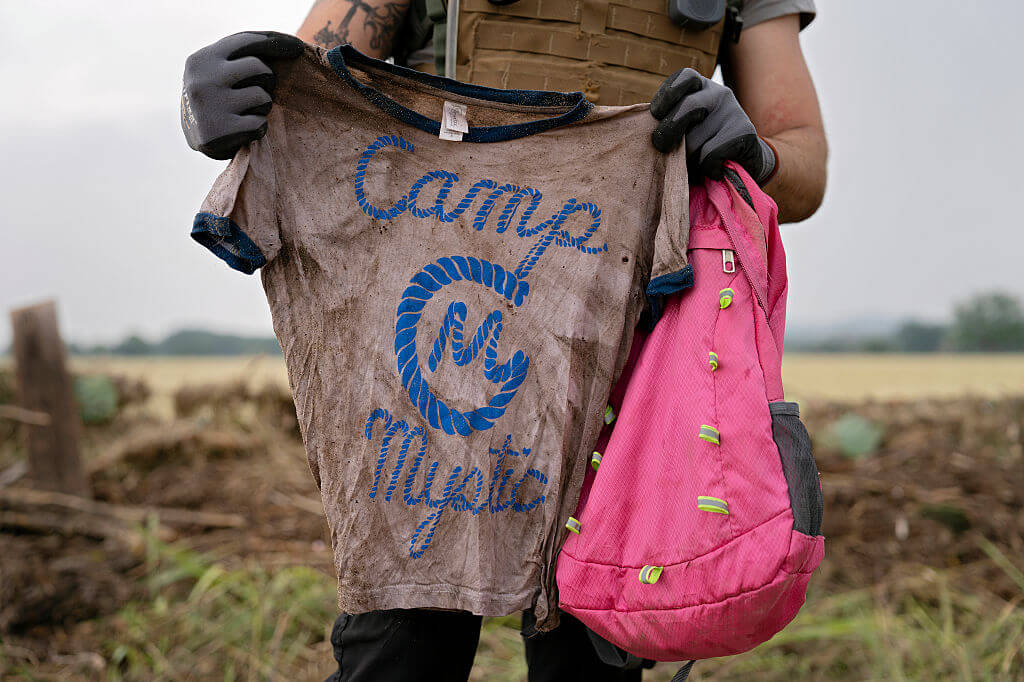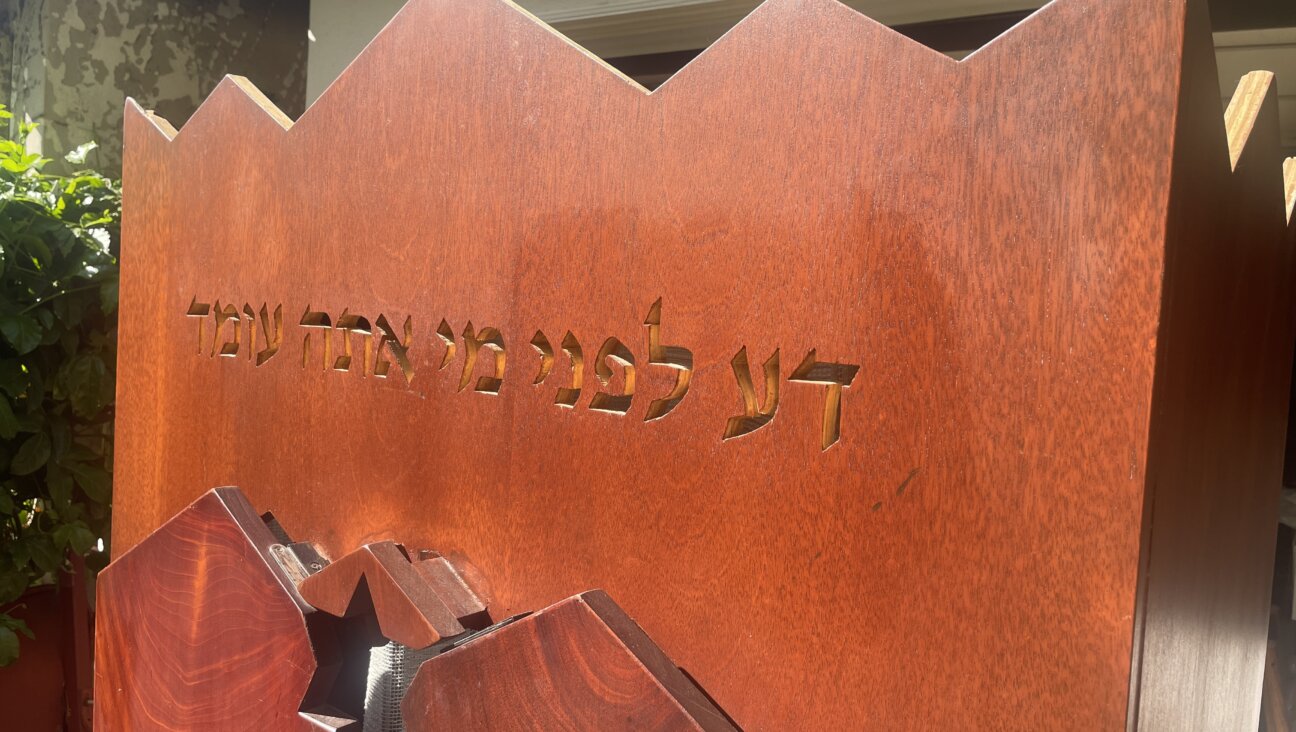How A Yiddish Song Yearning For Moldova Became An Anthem For Jewish Immigrants Everywhere
This article originally appeared in the Yiddish Forverts. With immigration from Europe largely cut off in 1924 and visits to the old country prohibitively expensive for most, a wave of nostalgia for Eastern Europe spread among Yiddish-speaking Jews in the United States in the 1920s and 1930s. One result of this longing was the creation…



















